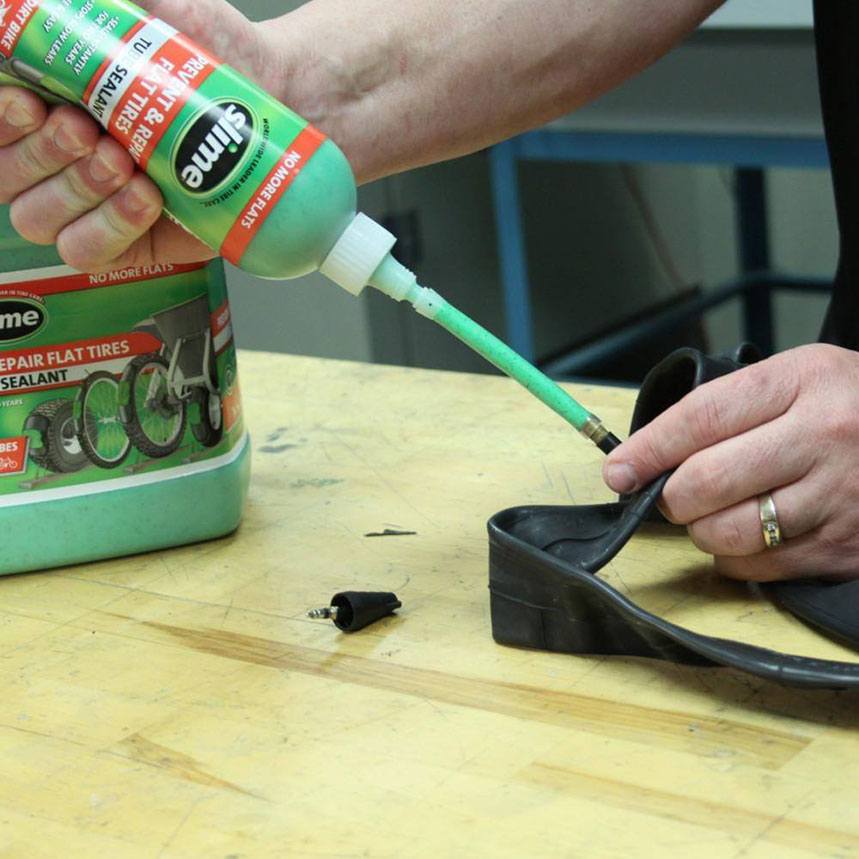You’ve reached for the bottle to fix or prevent flat tires – smart choice! Whether this is an emergency repair (yellow label bottle), or you are preventing flats for up to 2 years (red, blue or black label bottle), the Slime installation process is the same.
Slime tire sealant is easy to install, cleans up with water and will get you back on the road quickly. All you need is the bottle and a tire inflator. Let’s get started:
Step 1: Position the TireSlime can be inserted with the valve stem located in any position, but it works best if you position the valve stem so it sits in the upper half of the tire.
Step 2: Remove the Valve Core
Take the valve cap off your valve stem. When you look inside the top of the tire valve stem, you will see a metal cylinder in the very center. This is the valve core and it needs to be removed in order to install Slime.
The black cap on your bottle of Slime is a valve core removal tool. Twist it off the bottle and use the knobby tool in the center to engage the valve core. Slowly twist the tool counter-clockwise to remove your valve core. You will know you are successfully removing the valve core when air starts hissing out of your tire.
Your tire must be as flat as possible to inject the Slime. Allow the air to slowly escape from the tire and set aside the valve core (you will need this piece again later).
Step 4: Remove the Puncturing ObjectLocate the screw, nail or other offending object that caused your tire to go flat. If possible, remove it from the tire.
Step 5: Inject SlimeUnscrew the white cap from the top of the bottle, peel off the white seal and then re-attach the white cap. Remove the clear tube from side of the bottle and attach one side to the top of the white bottle cap.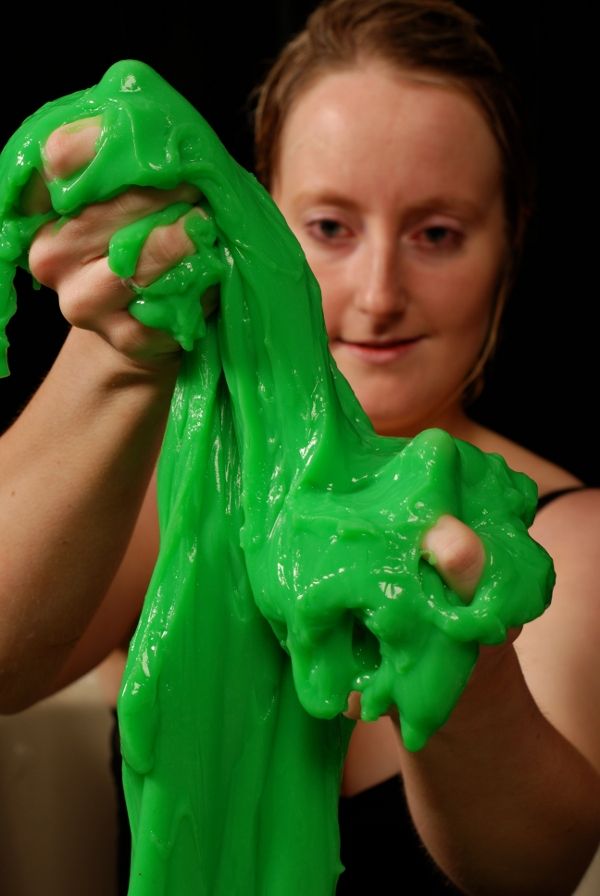 Attach the other side to the valve stem on your tire.
Attach the other side to the valve stem on your tire.
Squeeze in the appropriate amount of Slime. You can use the chart on the back of your bottle to determine how much Slime you need, or you can use our Slime calculator. If you are using the gallon product of Slime, then one pump equals approximately 1 oz of Slime.
If your tire has tubes (like on a bicycle or dirt bike), you can inject the sealant directly into the tube before inserting the tube into the wheel, or you can inject the sealant into a tube that is already pre-installed into the wheel.
Remember that little valve core you removed in Step 2? Time to put it back in! Using the same black tool from the cap of the bottle, screw the valve core back into the valve stem by turning clockwise until tight. If any Slime has oozed out while installing the valve core, simply wipe away with a cloth.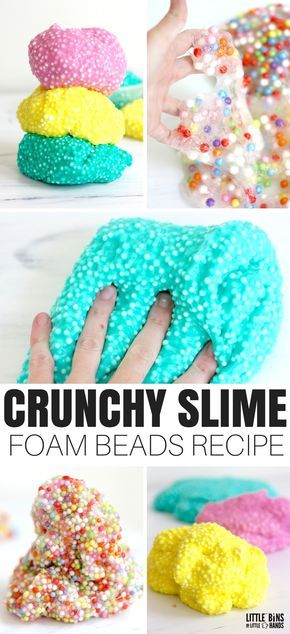
Using your favorite tire inflator, air up the tire to the manufacturer’s recommended air pressure. You can find this measurement on a label typically located on the inside door jamb of the driver or passenger seat.
Step 8: Rotate the TireTo properly spread the sealant around the inside of your tire, drive approximately 0.2 miles, then stop and verify that the sealant plugged your puncture and that the tire is holding air pressure. If you are installing Slime in a bicycle, simply spin the tire to evenly distribute the sealant.
Congratulations! You have successfully installed Slime and repaired your flat tire.
If you installed the yellow label Emergency Tire Sealant formula, then please seek a professional repair within 3 days or 100 miles.
Almost a third of new vehicles don't come with a spare tire, but that's no reason to pick up this problem-causing goo.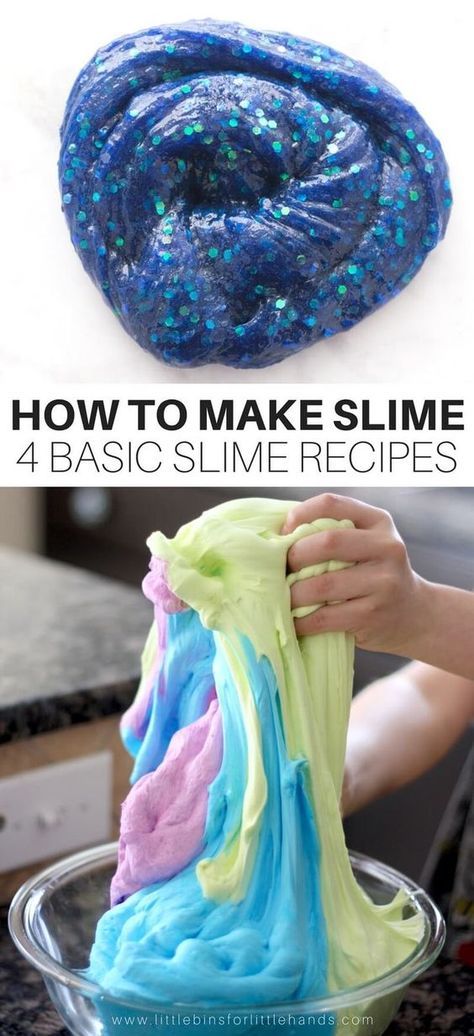
BY:
SEAN FLYNN
DealNews Contributing Writer
You might get it because a tow feels too expensive. You might get it because it seems easier than changing a tire. You might get it because you don't have a spare. But no matter why you're picking up that can of tire sealant, our advice is: don't!
If you're tempted to replace your spare tire with a can of Fix-a-Flat, Slime, or some other tire sealant, read on to see why stop-leak solutions are a terrible idea for tire repair.
These products inject a sealant into your flat tire to seal the leak, and a gas to fill the rest of the tire. But sealants leave goo inside the tire, and it's a real hassle for tire shop employees to get all of it off the wheel when they do a tire repair — especially if it's dried on. That could cost you when it's time to replace the tire; worse, the substance could even damage an otherwise repairable tire.
Tire sealants can potentially damage an otherwise repairable tire.
Sure, Fix-a-Flat's FAQ says its product "will not cause harm to most tires when used as directed." But which tires aren't included in that "most tires" caveat? Are your tires the wrong ones? Who knows! It's better to carry a spare tire — or opt for roadside assistance, which will cover more than just flat tire issues.
Tire sealant can freeze, making it unsuitable for most winters in the U.S. If it freezes in the can, you'll have a heck of a time defrosting it — time you could be waiting for a tow truck instead. Even if you thaw the tire goo out, it could still refreeze inside your tire, knocking your wheel out of balance.
Run-flat tires exist. According to research from AAA, 28% of 2017 model year vehicles didn't come with a spare. If you drive one of those cars, you can bet dollars to doughnuts there are run-flat tires either on or available for your car.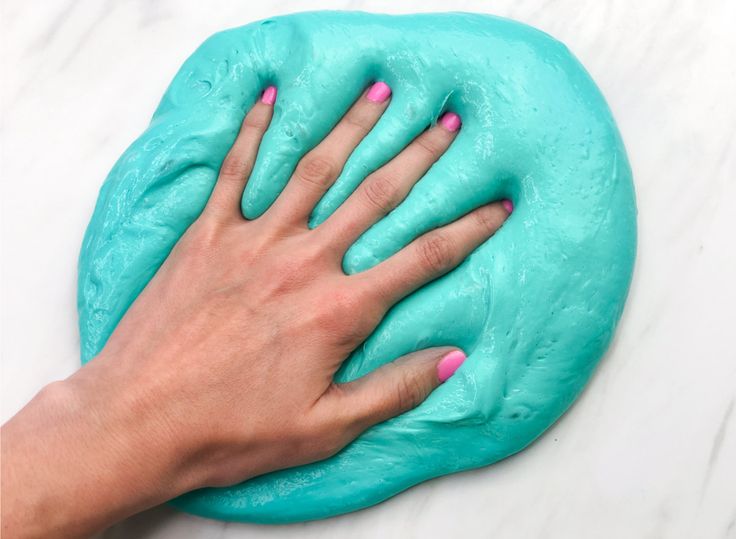 Depending on the tire type, they can allow you to drive cautiously on a flat tire for up to 100 miles without damaging your wheel. Nearly every new BMW, many Cadillacs, plenty of Mercedes, and even some Toyotas come with run-flats — just to name a few.
Depending on the tire type, they can allow you to drive cautiously on a flat tire for up to 100 miles without damaging your wheel. Nearly every new BMW, many Cadillacs, plenty of Mercedes, and even some Toyotas come with run-flats — just to name a few.
SEE ALSO: Which Motor Oil Is Best for YOUR Car?
Tire sealant is only useful if you've got a slow leak in the tire or a small hole. If you suffer a more serious encounter — say, with construction debris — the tire goo will not save you. But you won't know if your tire is beyond repair until it's spewing slime all over itself on the side of the road — and maybe all over you.
Every new car sold in the U.S. in the last decade or so has had a tire pressure monitoring system, which can alert you to a leaking tire before it becomes a critical issue. Tire sealants can clog your TPMS. If it's not cleaned promptly, this could ruin a sensor.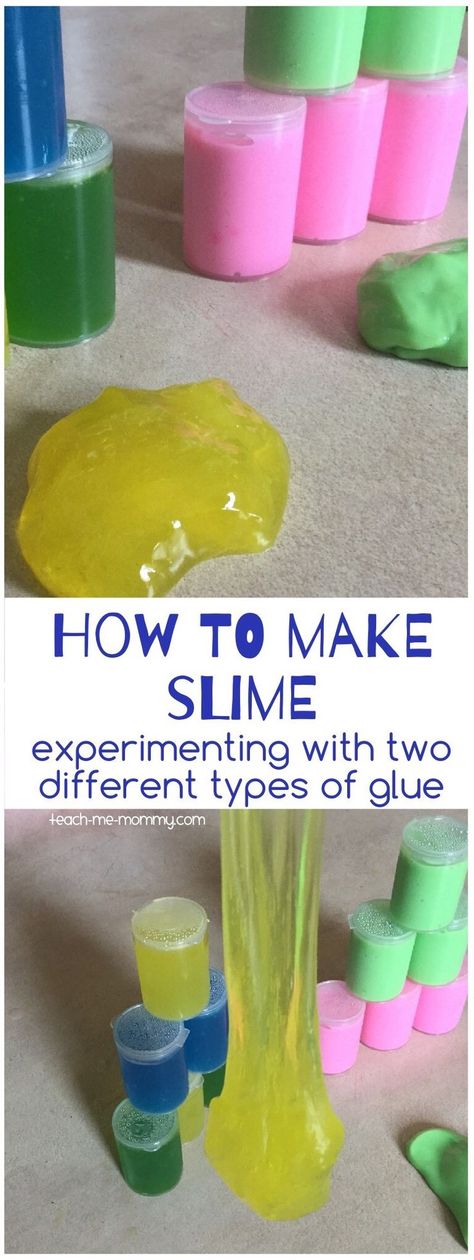
Tire sealants can clog your tire pressure monitoring system. If it's not cleaned promptly, this could ruin a sensor.
A clog isn't the only thing to worry about. If you leave some sealants in the flat tire for too long, this could also damage a sensor. Still, some tire sealant companies insist their product is TPMS-safe — and some car manufacturers specifically say not to use tire sealants.
If you're a motorcycle rider, tire sealants definitely aren't for you. Tire sealants like Fix-a-Flat and Slime are intended for use in the tubeless tires found on cars and trucks. Some motorcycle tires still have tubes, and the goo won't even seal a tube leak, much less keep it closed. Further, throwing the wheel balance out of whack is more dangerous on a motorcycle than a car.
Even sealant brands such as Fix-A-Flat warn against using their products on motorcycles.
If you're too busy to deal with and fix a flat tire properly, you're definitely too busy to deal with a costly car repair.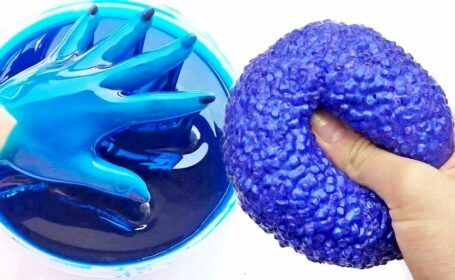
When you fill a tire with goo, you're supposed to proceed directly to a tire repair professional. But sometimes it's Sunday, the shop is closed, and you can't get there until Monday evening because you still have to go to work. But then you have just one more errand to run, and then it's time for dinner.
SEE ALSO: 5 Ways to Prepare Your Car for Winter
Whatever the reasoning, if the sealant sits for too long, it can harden and corrode your wheels. Maybe it'll freeze, or dry funny, and now your tire is severely out of balance. Maybe it takes out your TPMS sensor. Suddenly that cheap repair costs hundreds of dollars.
Manufacturers once used dimethyl ether for the gas in Fix-A-Flat, which is highly flammable. Road debris stuck in your tire could create sparks, potentially igniting that compressed gas. Luckily, this isn't the case anymore.
Any canned compressed gas is dangerous if you throw it into a fire. But manufacturers have generally switched to using HFC-134a (or a comparable propellant) in tire sealants, which is nonflammable. If you've got an ancient can of sealant lying around, dispose of it carefully. But if your tire sealant uses a nonflammable gas like HFC-134a, there's no need to worry about explosions.
But manufacturers have generally switched to using HFC-134a (or a comparable propellant) in tire sealants, which is nonflammable. If you've got an ancient can of sealant lying around, dispose of it carefully. But if your tire sealant uses a nonflammable gas like HFC-134a, there's no need to worry about explosions.
You still shouldn't use it, though.
Readers, do you carry a can of tire sealant in your car? Or do you opt for a spare tire and/or roadside assistance? Let us know how you fix a flat tire in the comments below.
Sean Flynn
DealNews Contributing Writer
Sean is a freelance writer and photojournalist working in the Hampton Roads region. He has been a writer, adventure motorcyclist, drag racer, data nerd, shade-tree mechanic, and tornado chaser. Recommend good beers to him on Twitter at @wxgeek.
DealNews may be compensated by companies mentioned in this article. Please note that, although prices sometimes fluctuate or expire unexpectedly, all products and deals mentioned in this feature were available at the lowest total price we could find at the time of publication (unless otherwise specified).
Please note that, although prices sometimes fluctuate or expire unexpectedly, all products and deals mentioned in this feature were available at the lowest total price we could find at the time of publication (unless otherwise specified).
What kind of nonsense sometimes they try to sell us under the guise of the most valuable things in the household! What could be more reliable and simpler than a cloth for cleaning the interior of a car? As an alternative to her, online stores suggest using a gel slime.
"Lizun", aka slime, is known as a thing from childhood - both modern children and those who have already grown up. Manufacturers realized that they could also sell this to motorists, who sometimes like to tinker with their cars no worse than children. Is it worth it?
We had at our disposal a slime in a plastic jar with some relatively edible aroma, reminiscent of either coffee or cocoa.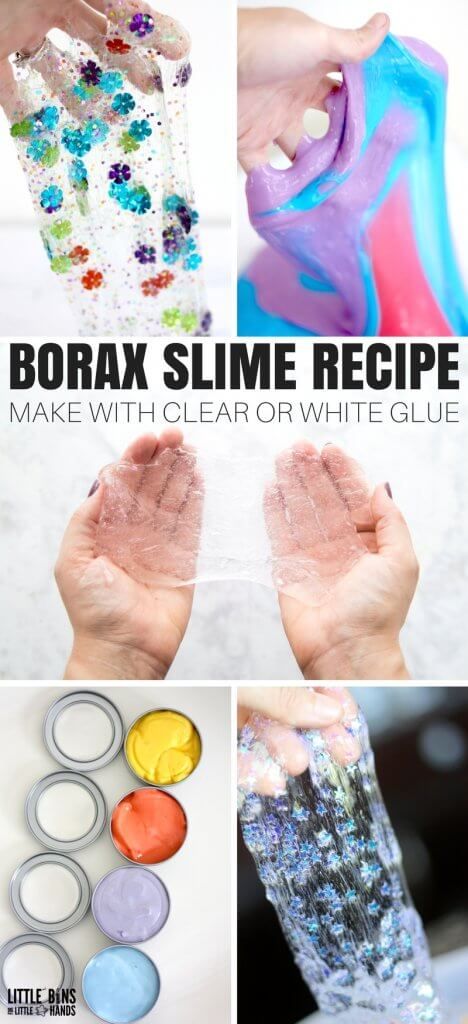 To the touch, the substance is strange: a kind of pliable soft jelly. Glossy shine hints that it will be wet now, but in fact, nothing remains on the hands at all.
To the touch, the substance is strange: a kind of pliable soft jelly. Glossy shine hints that it will be wet now, but in fact, nothing remains on the hands at all.
The manufacturer promises clean calculators, keyboards, window sills and, of course, cars. The instructions for use are simple: apply to the contaminated area, wait until the gel "creeps" into all the cracks, and then carefully remove it along with debris and dirt. "Lizun" really willingly spreads over surfaces, collecting dust along the way, and it looks entertaining.
Let's go test it in the car! First, a simple dust collection test near the dashboard. We cleaned one half with slime, the other half was not touched at all.
Cleaner. But wouldn't a microfiber cloth do the job? Let's try to clean the ventilation deflectors, in which dust has just accumulated.
Condition before the "lizun":
And this is how it happened after it. Cleaner? Undoubtedly. But in the deepest corners, the slime could not cope with the dust - there would be something with a mechanical effect.
Cleaner? Undoubtedly. But in the deepest corners, the slime could not cope with the dust - there would be something with a mechanical effect.
We try on a more difficult site. It was like this:
It got better, but still not perfect. Perhaps we should have tried harder, pushed the slime closer to the cracks and gave it more time to spread.
With simpler surfaces, the result is pleasing, and no traces remain after the slime.
Just in case, we tried to freeze part of the slime and heat the other part above the usual temperatures, as if it were in a hot summer salon. Despite the statement on the label about the operating range from -20°C to +35°C, in our test with a freezer and heating in the oven to +50°C, nothing critical happened to the slime. Although you can find reviews on the Web that just after a frost it does not return to its previous state: maybe it depends on the quality of individual specimens, maybe the freezing time directly affects this.
And it doesn't matter, let's be honest. Bringing the perfect order in the car is not an idea for every day. With a "lizun" it will take too long, and the effect will still not be long-lasting: if the car is not in a sealed chamber, then all surfaces will quickly return to their previous appearance with barely noticeable dust and all other attributes.
On the other hand, if your inner child is still sleeping in you, then he may be happy, even if only for a few minutes. There is something like that in slimes.
Despite the fact that slime has somehow cleaned all the surfaces it has been on, it is difficult to call it a full-fledged cleaning product. Firstly, it is long enough: during the time until it penetrates into all the slots of the deflector grille, the same work can be done with an ordinary brush.
Secondly, only superficial dirt sticks to it. Those particles of debris that have crammed into the corners and managed to be compressed there can only be obtained mechanically. Thirdly, the "lizun" is comparable in cost or even more expensive than the same microfiber cloths, but at the same time cannot be compared with them in terms of durability.
Thirdly, the "lizun" is comparable in cost or even more expensive than the same microfiber cloths, but at the same time cannot be compared with them in terms of durability.
A napkin or the same brush can always be washed and used almost an infinite number of times. The garbage from the slime is not washed out in principle. As soon as its pollution limit reaches a maximum, get ready to buy a new one. And this is provided that you do not accidentally drop it in the sand.
Not to be confused with children's slime! Slime for cleaning differs in composition and, in addition to anti-stress functions, acts as a cleaner for hard-to-reach places. What is the difference, where and how can you apply the slime "in an adult way"?
Irina Obraztsova
Pexels
Kids and teens love slime because it stretches, changes shape, can be creased and stretched endlessly - a real anti-stress and play. An "adult" cleaning slime has other advantages.
An "adult" cleaning slime has other advantages.
It perfectly cleans hard to reach places and fragile parts:
Decorations, figurines, wooden objects and interior elements.
Inside pockets of bags, clothing, toys and other personal items,
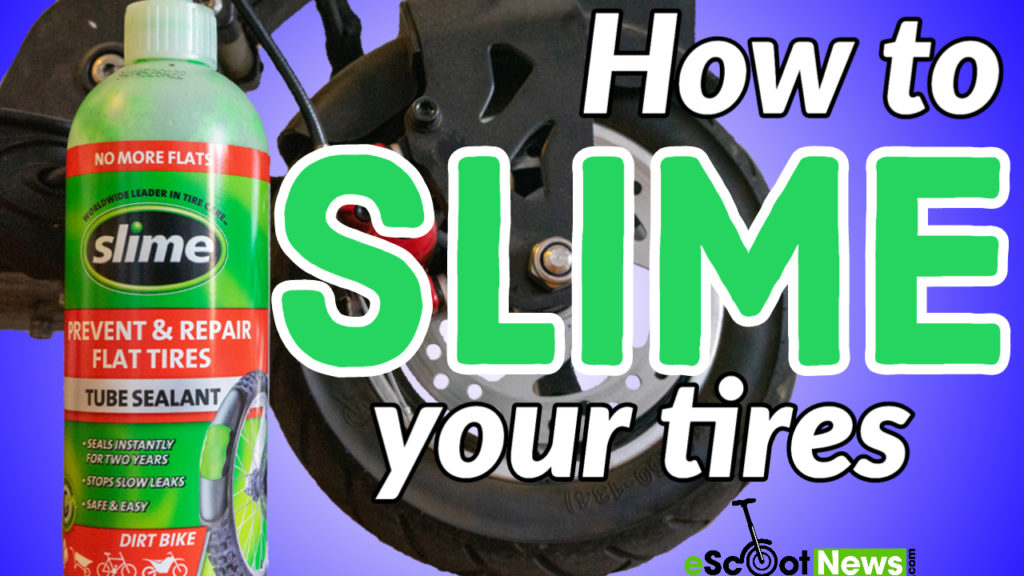
Children's slime can pick up dust and debris from the surface, but still it is not tenacious enough, gets dirty quickly and can tear. Gel-like cleaning slimes contain alcohol, distilled water and other ingredients that make it wet, tenacious, plastic and give disinfectant properties. This is especially important for the keyboard, which accumulates a record number of bacteria.
The most common name is “keyboard cleaning gel” or “car gel”, but it is clear that its functionality is much wider.